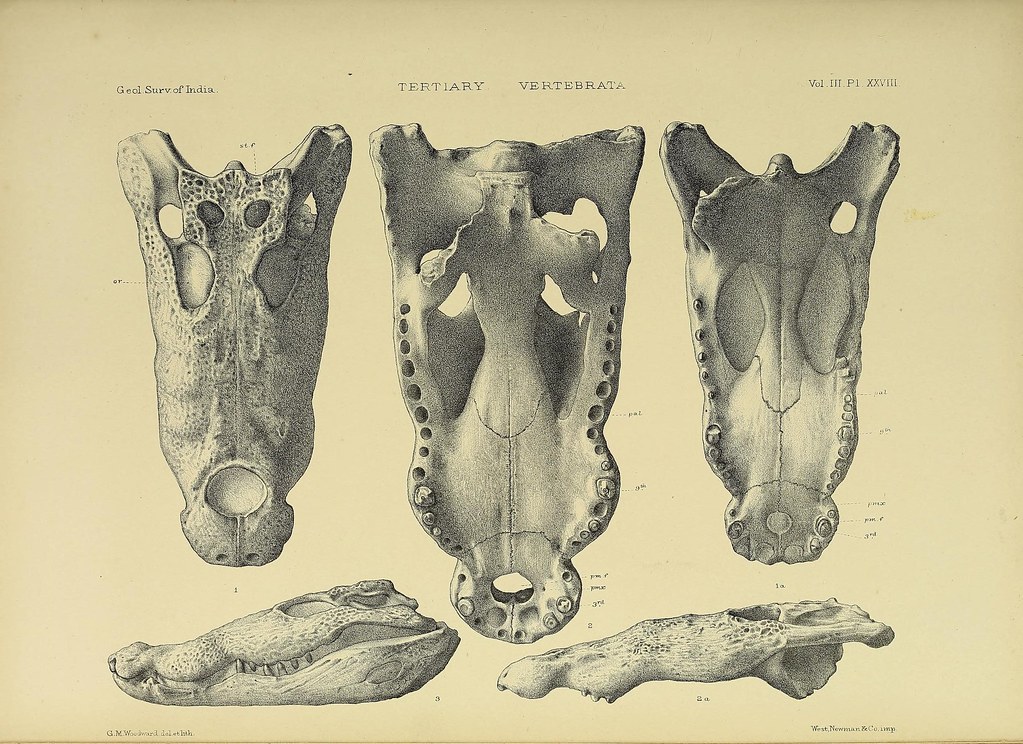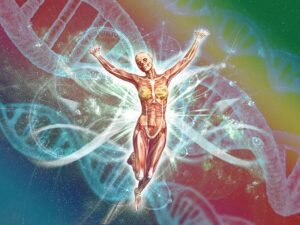- What is the defining characteristic of animals belonging to Phylum Vertebrata?
- Presence of a vertebral column or backbone.
- Name the class of vertebrates characterized by the presence of hair or fur and mammary glands.
- Mammalia.
- Define endothermy.
- Endothermy is the ability of organisms to regulate their body temperature internally, typically through metabolic processes.
- Name the class of vertebrates characterized by cold-bloodedness and typically undergoing metamorphosis.
- Amphibia.
- What is the function of scales in reptiles?
- Scales provide protection against desiccation and predators.
- Define ectothermy.
- Ectothermy is the dependence on external sources of heat to regulate body temperature.
- Name the class of vertebrates characterized by feathers, beaks, and laying eggs with hard shells.
- Aves (birds).
- What is the purpose of air sacs in birds?
- Air sacs aid in the efficient exchange of gases during respiration, providing birds with a high metabolic rate.
- Define oviparity.
- Oviparity is the reproductive strategy in which animals lay eggs that hatch outside the maternal body.
- Name the class of vertebrates characterized by cartilaginous skeletons and typically having multiple gill slits.
- Chondrichthyes (cartilaginous fish).
- What is the function of lateral line organs in fish?
- Lateral line organs detect changes in water pressure and movement, helping fish navigate and detect prey or predators.
- Define ovoviviparity.
- Ovoviviparity is the reproductive strategy in which embryos develop inside eggs that are retained within the maternal body until they hatch.
- Name the class of vertebrates characterized by a bony skeleton and typically possessing opercula covering gills.
- Osteichthyes (bony fish).
- What is the purpose of the swim bladder in bony fish?
- The swim bladder helps fish control buoyancy and maintain their position in the water column.
- Define viviparity.
- Viviparity is the reproductive strategy in which animals give birth to live offspring that develop inside the maternal body.
- Name the class of vertebrates characterized by a thin, moist skin and lacking scales or claws.
- Amphibia.
- What is the purpose of the amniotic egg in reptiles?
- The amniotic egg provides a protected environment for the developing embryo, allowing reptiles to reproduce on land.
- Define homodont dentition.
- Homodont dentition refers to teeth that are uniform in shape and size, commonly found in fish and reptiles.
- Name the class of vertebrates characterized by a double-loop circulatory system and presence of lungs.
- Amphibia.
- What is the function of mammary glands in mammals?
- Mammary glands produce milk to nourish offspring.
- Define mammary glands.
- Mammary glands are specialized glands in female mammals that produce milk to feed offspring.
- Name the class of vertebrates characterized by feathers and endothermy.
- Aves (birds).
- What is the function of the notochord in vertebrate embryos?
- The notochord provides support and serves as a precursor to the vertebral column.
- Define cloaca.
- Cloaca is a common opening for the digestive, urinary, and reproductive tracts found in amphibians, reptiles, birds, and some mammals.
- Name the class of vertebrates characterized by a dry, scaly skin and laying amniotic eggs.
- Reptilia.
- What is the purpose of gills in fish?
- Gills facilitate the exchange of gases (oxygen and carbon dioxide) between the fish and its aquatic environment.
- Define altricial.
- Altricial refers to offspring that are born or hatched in a relatively undeveloped state and require parental care and feeding.
- Name the class of vertebrates characterized by a streamlined body, fins, and gills for aquatic respiration.
- Pisces (fish).
- What is the function of the placenta in mammals?
- The placenta facilitates the exchange of nutrients, gases, and waste products between the maternal and fetal bloodstreams during pregnancy.
- Define poikilothermy.
- Poikilothermy is the dependence on external sources of heat to regulate body temperature, also known as cold-bloodedness.
- Name the class of vertebrates characterized by a bony skeleton, feathers, and beaks.
- Aves (birds).
- What is the purpose of the vertebral column in vertebrates?
- The vertebral column provides support and protection to the spinal cord and serves as an attachment site for muscles.
- Define alveoli.
- Alveoli are tiny air sacs in the lungs where gas exchange occurs between the respiratory system and the bloodstream.
- Name the class of vertebrates characterized by the presence of mammary glands and hair.
- Mammalia.
- What is the function of the dorsal nerve cord in vertebrates?
- The dorsal nerve cord serves as the main pathway for transmitting nerve impulses between the brain and the rest of the body.
- Define endoskeleton.
- An endoskeleton is an internal skeleton composed of bone or cartilage, providing support and protection to the body of certain animals.
- Name the class of vertebrates characterized by a bony skeleton and typically possessing lungs for respiration.
- Osteichthyes (bony fish).
- What is the purpose of the swim bladder in fish?
- The swim bladder helps fish control buoyancy and maintain their position in the water column.
- Define keratin.
- Keratin is a tough, fibrous protein found in the skin, hair, nails, and feathers of vertebrates, providing strength and protection.
- Name the class of vertebrates characterized by a cartilaginous skeleton and typically having five pairs of gill slits.
- Chondrichthyes (cartilaginous fish).
- What is the function of the alveoli in the respiratory system?
- Alveoli facilitate the exchange of oxygen and carbon dioxide between the respiratory system and the bloodstream.
- Define notochord.
- The notochord is a flexible rod-like structure found in the embryos of all chordates, providing support and serving as a precursor to the vertebral column.
- Name the class of vertebrates characterized by a bony skeleton and typically possessing moist, scaleless skin.
- Amphibia.
- What is the purpose of gills in aquatic vertebrates?
- Gills facilitate the exchange of gases (oxygen and carbon dioxide) between the animal and its aquatic environment.
- Define pharyngeal slits.
- Pharyngeal slits are openings in the pharynx that function in filter-feeding, respiration, or excretion, commonly found in aquatic chordates.
- Name the class of vertebrates characterized by a notochord, dorsal hollow nerve cord, pharyngeal slits, and a post-anal tail.
- Chondrichthyes (cartilaginous fish).
- What is the function of the placenta in mammals?
- The placenta facilitates the exchange of nutrients, gases, and waste products between the maternal and fetal bloodstreams during pregnancy.
- Define myoglobin.
- Myoglobin is a protein found in muscle cells that binds and stores oxygen, facilitating oxygen transport and storage in muscle tissues.
- Name the class of vertebrates characterized by a bony skeleton and typically possessing a lateral line system.
- Osteichthyes (bony fish).
- What is the purpose of the lateral line system in fish?
- The lateral line system detects changes in water pressure and movement, helping fish navigate and detect prey or predators.



